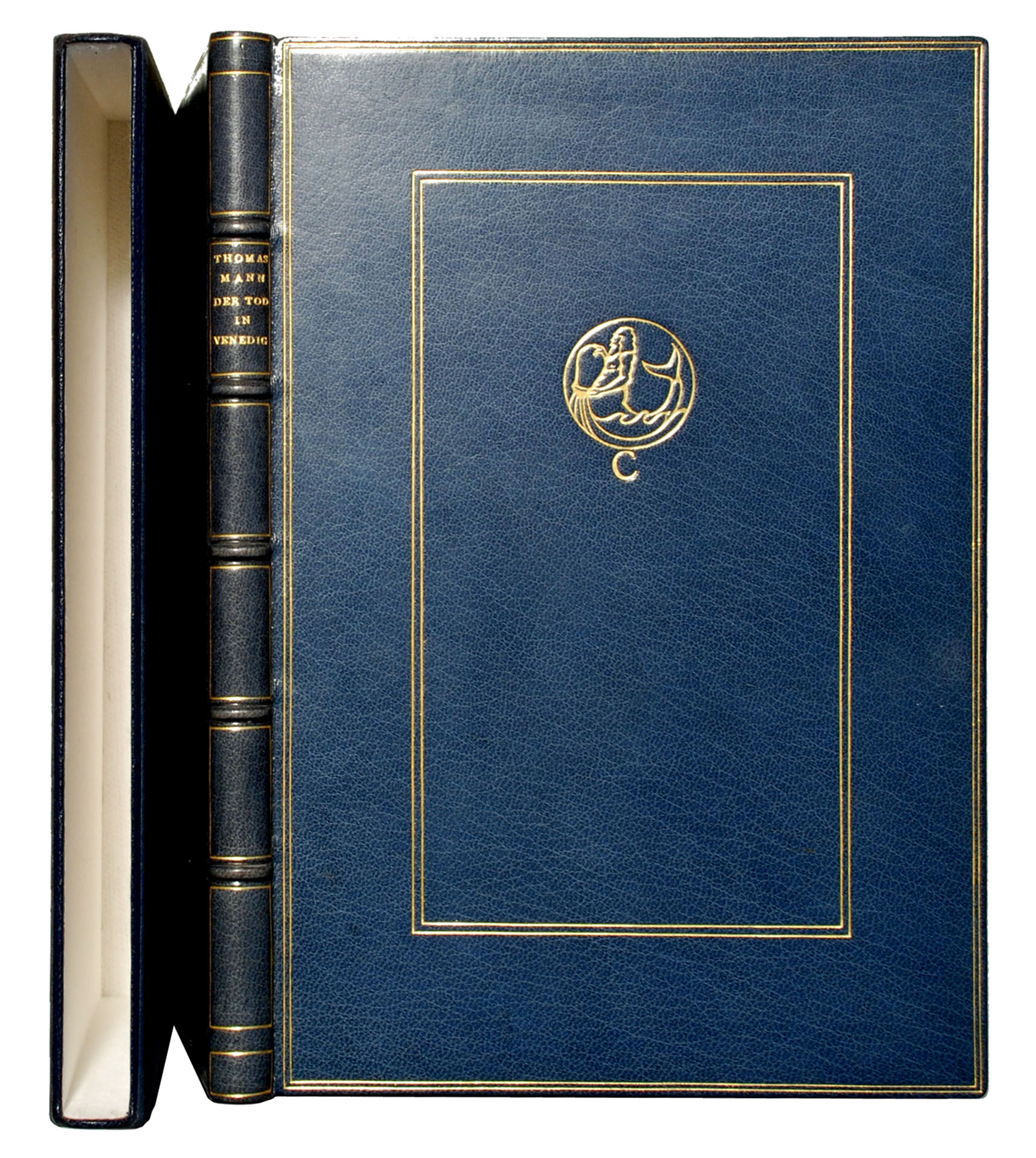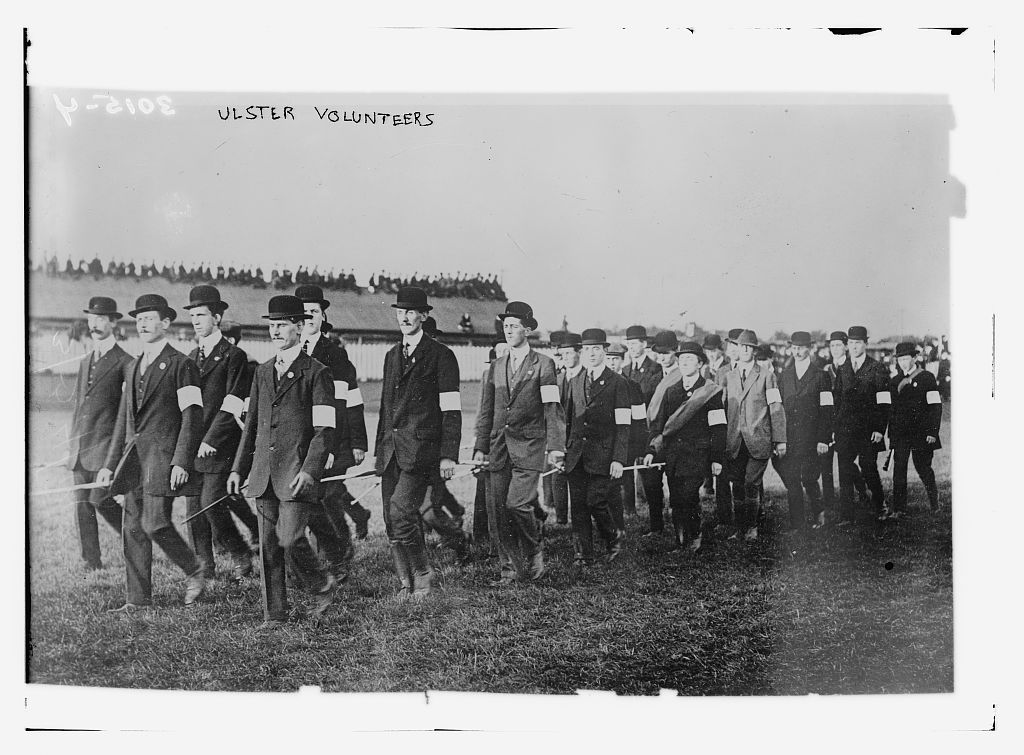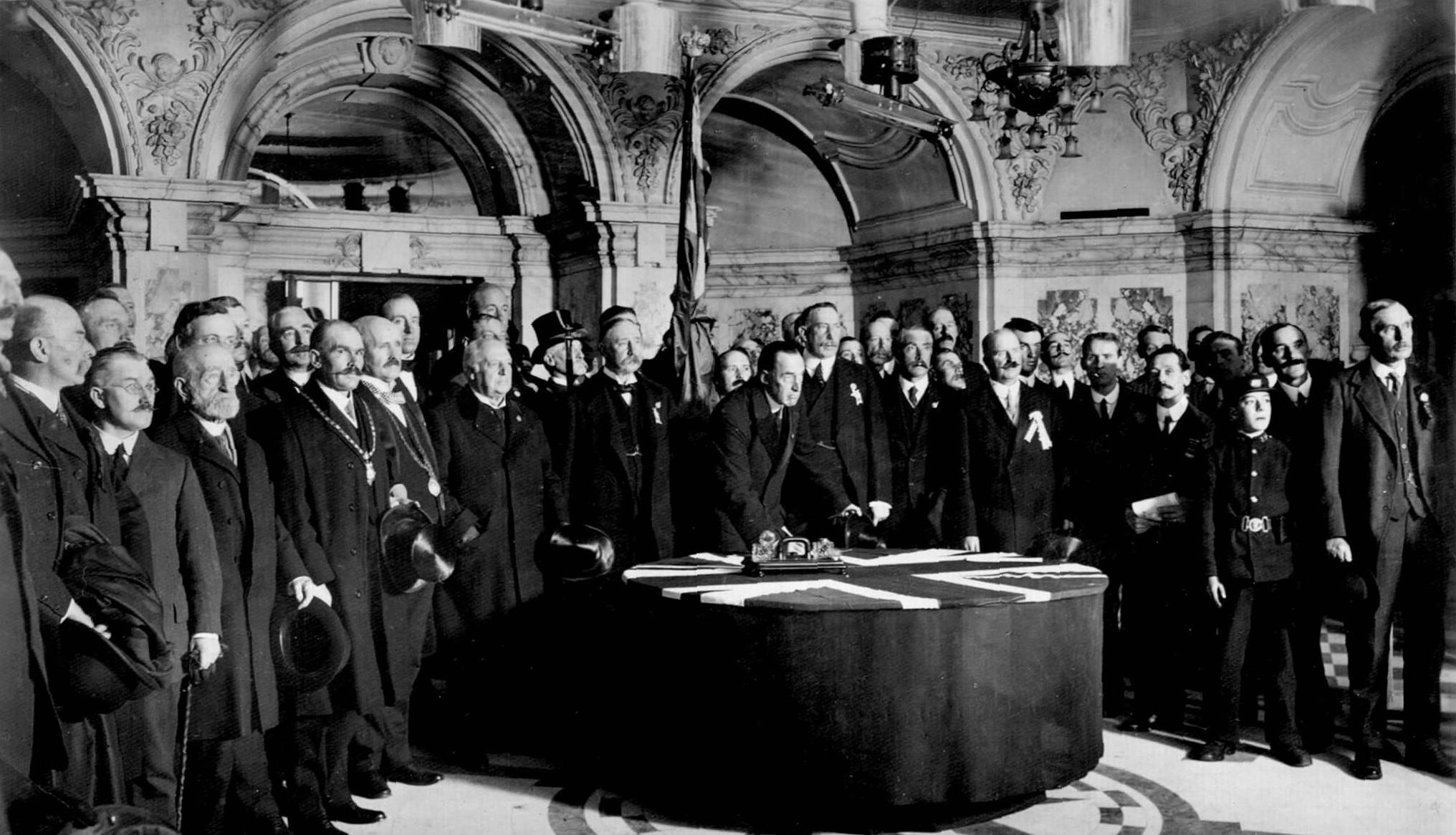|
Old Town Hall, Belfast
The Old Town Hall is a municipal structure in Victoria Street, Belfast, Northern Ireland. The structure, which has most recently been used as courthouse, is a Grade B1 listed building. History Following significant population growth, largely associated with the linen and rope-making industries, the town became a municipal borough in 1842. Council meetings were initially held in a small rented building in Victoria Square which later became part of the premises of Cantrell & Cochrane. By the mid-19th century the town council found this arrangement inadequate and decided to commission a purpose built town hall. The site they selected was a former pork market in Victoria Street. The new building was designed by Anthony Jackson in the Italianate style, built by a local contractor, James Henry, in red brick with red sandstone dressings at a cost of £33,000 and was completed in 1871. The design involved a symmetrical main frontage with nineteen bays facing onto Victoria Street with ... [...More Info...] [...Related Items...] OR: [Wikipedia] [Google] [Baidu] |
Belfast
Belfast ( , ; from ga, Béal Feirste , meaning 'mouth of the sand-bank ford') is the capital and largest city of Northern Ireland, standing on the banks of the River Lagan on the east coast. It is the 12th-largest city in the United Kingdom and the second-largest in Ireland. It had a population of 345,418 . By the early 19th century, Belfast was a major port. It played an important role in the Industrial Revolution in Ireland, briefly becoming the biggest linen-producer in the world, earning it the nickname "Linenopolis". By the time it was granted city status in 1888, it was a major centre of Irish linen production, tobacco-processing and rope-making. Shipbuilding was also a key industry; the Harland and Wolff shipyard, which built the , was the world's largest shipyard. Industrialisation, and the resulting inward migration, made Belfast one of Ireland's biggest cities. Following the partition of Ireland in 1921, Belfast became the seat of government for Northern Ireland ... [...More Info...] [...Related Items...] OR: [Wikipedia] [Google] [Baidu] |
Morocco Leather
Morocco leather (also known as Levant, the French Maroquin, or German Saffian from Safi, Morocco, Safi, a Moroccan town famous for leather) is a Vegetable tanning, vegetable-tanned leather known for its softness, pliability, and ability to take color. It has been widely used in the manufacture of gloves and the uppers of ladies' shoes and men's low cut shoes, but is commonly associated with wallets, linings for fine luggage, and Bookbinding, bookbindings. Despite its name, Morocco was typically not the original source of the leather. Some of the highest quality Morocco leather, usually goat skin, used in book binding was sourced from Northern Nigeria and Anatolia (modern day Turkey). First known production of morocco leather is attributed to pre-11th century Moors, in which alum tawed morocco leather was stained pink. While it was not common in England and in more northern parts of Europe until the 17th century, it has been established that Morocco leather was used in Italy pre-1 ... [...More Info...] [...Related Items...] OR: [Wikipedia] [Google] [Baidu] |
World War I
World War I (28 July 1914 11 November 1918), often abbreviated as WWI, was one of the deadliest global conflicts in history. Belligerents included much of Europe, the Russian Empire, the United States, and the Ottoman Empire, with fighting occurring throughout Europe, the Middle East, Africa, the Pacific, and parts of Asia. An estimated 9 million soldiers were killed in combat, plus another 23 million wounded, while 5 million civilians died as a result of military action, hunger, and disease. Millions more died in genocides within the Ottoman Empire and in the 1918 influenza pandemic, which was exacerbated by the movement of combatants during the war. Prior to 1914, the European great powers were divided between the Triple Entente (comprising France, Russia, and Britain) and the Triple Alliance (containing Germany, Austria-Hungary, and Italy). Tensions in the Balkans came to a head on 28 June 1914, following the assassination of Archduke Franz Ferdin ... [...More Info...] [...Related Items...] OR: [Wikipedia] [Google] [Baidu] |
Western Front (World War I)
The Western Front was one of the main theatres of war during the First World War. Following the outbreak of war in August 1914, the German Army opened the Western Front by invading Luxembourg and Belgium, then gaining military control of important industrial regions in France. The German advance was halted with the Battle of the Marne. Following the Race to the Sea, both sides dug in along a meandering line of fortified trenches, stretching from the North Sea to the Swiss frontier with France, which changed little except during early 1917 and in 1918. Between 1915 and 1917 there were several offensives along this front. The attacks employed massive artillery bombardments and massed infantry advances. Entrenchments, machine gun emplacements, barbed wire and artillery repeatedly inflicted severe casualties during attacks and counter-attacks and no significant advances were made. Among the most costly of these offensives were the Battle of Verdun, in 1916, with a combined 700,000 ... [...More Info...] [...Related Items...] OR: [Wikipedia] [Google] [Baidu] |
36th (Ulster) Division
The 36th (Ulster) Division was an infantry division of the British Army, part of Lord Kitchener's New Army, formed in September 1914. Originally called the ''Ulster Division'', it was made up of mainly members of the Ulster Volunteer Force, who formed thirteen additional battalions for three existing regiments: the Royal Irish Fusiliers, the Royal Irish Rifles and the Royal Inniskilling Fusiliers. However, regular Officers and Soldiers and men from all around the United Kingdom made up the strength of the Division. The division served from October 1915 on Western Front as a formation of the British Army during the Great War. The division's insignia was the Red Hand of Ulster. History Formation The Ulster Volunteers were a unionist militia founded in 1912 to block Home Rule for Ireland. In 1913 they organised themselves into the Ulster Volunteer Force to give armed resistance to the prospective Third Home Rule Act (enacted in 1914). Many Ulster Protestants feared being gover ... [...More Info...] [...Related Items...] OR: [Wikipedia] [Google] [Baidu] |
George Richardson (Indian Army Officer)
Lieutenant General Sir George Lloyd Reilly Richardson (20 September 1847 – 9 April 1931) was an officer in the British Indian Army from 1866 to 1909. He served across South East Asia, becoming a veteran of the Second Anglo-Afghan War and Boxer Rebellion, and later as commander of the Ulster Volunteer Force in Ireland. Biography Born in 1847, Richardson was the son of Major General Joseph Fletcher Richardson and his wife, Mary Hannah Reilly.''India, Select Births and Baptisms, 1786-1947'' He joined the 38th (1st Staffordshire) Regiment of Foot as a second-lieutenant on 23 March 1866 and took part in the Hazara expedition in 1868. He was promoted to lieutenant on 5 March 1869 and transferred to the British Indian Army, where he was attached to the 18th King George's Own Lancers in 1871. Promoted to captain on 30 January 1878, he fought in the Second Anglo-Afghan War between 1879 and 1880 and took part in the Waziri expedition in 1881. He was promoted to major on 2 March 188 ... [...More Info...] [...Related Items...] OR: [Wikipedia] [Google] [Baidu] |
Ulster Volunteers
The Ulster Volunteers was an Irish unionist, loyalist paramilitary organisation founded in 1912 to block domestic self-government ("Home Rule") for Ireland, which was then part of the United Kingdom. The Ulster Volunteers were based in the northern province of Ulster. Many Ulster Protestants and Irish unionists feared being governed by a nationalist Catholic-majority parliament in Dublin and losing their links with Great Britain. In 1913, the militias were organised into the Ulster Volunteer Force (UVF) and vowed to resist any attempts by the British Government to impose Home Rule on Ulster. Later that year, Irish nationalists formed a rival militia, the Irish Volunteers, to safeguard Home Rule. In April 1914, the UVF smuggled 25,000 rifles into Ulster from Imperial Germany. The Home Rule Crisis was interrupted by the First World War. Much of the UVF enlisted with the British Army's 36th (Ulster) Division and went to fight on the Western Front. After the war, the British ... [...More Info...] [...Related Items...] OR: [Wikipedia] [Google] [Baidu] |
Government Of Ireland Act 1914
The Government of Ireland Act 1914 (4 & 5 Geo. 5 c. 90), also known as the Home Rule Act, and before enactment as the Third Home Rule Bill, was an Act passed by the Parliament of the United Kingdom intended to provide home rule (self-government within the United Kingdom) for Ireland. It was the third such bill introduced by a Liberal government during a 28-year period in response to agitation for Irish Home Rule. The Act was the first law ever approved by the Parliament of the United Kingdom that provided for a devolved government in any part of the UK proper (as opposed to colonial territories). However, the implementation of both it and the equally controversial Welsh Church Act 1914 was formally postponed for a minimum of twelve months with the beginning of the First World War. The continuation of the war beyond 1915 and subsequent developments in Ireland resulted in further postponements, meaning that the Act never became effective; it was finally superseded by a fourt ... [...More Info...] [...Related Items...] OR: [Wikipedia] [Google] [Baidu] |
Ulster Covenant
Ulster's Solemn League and Covenant, commonly known as the Ulster Covenant, was signed by nearly 500,000 people on and before 28 September 1912, in protest against the Third Home Rule Bill introduced by the British Government in the same year. Signing The Covenant was first drafted by Thomas Sinclair, a prominent unionist and businessman from Belfast. Sir Edward Carson was the first person to sign the Covenant at Belfast City Hall with a silver pen, followed by The 6th Marquess of Londonderry (the former Lord Lieutenant of Ireland), representatives of the Protestant churches, and then by Sir James Craig. The signatories, 471,414 in all, PRONI �Historical Topics Series: 5/ref> were all against the establishment of a Home Rule parliament in Dublin. The Ulster Covenant is immortalised in Rudyard Kipling's poem " Ulster 1912". On 23 September 1912, the Ulster Unionist Council voted in favour of a resolution pledging itself to the Covenant. The Covenant had two basic parts: the ... [...More Info...] [...Related Items...] OR: [Wikipedia] [Google] [Baidu] |
Edward Carson
Edward Henry Carson, 1st Baron Carson, PC, PC (Ire) (9 February 1854 – 22 October 1935), from 1900 to 1921 known as Sir Edward Carson, was an Irish unionist politician, barrister and judge, who served as the Attorney General and Solicitor General for England, Wales and Ireland as well as the First Lord of the Admiralty for the British Royal Navy. From 1905 Carson was both the Irish Unionist Alliance MP for the Dublin University constituency and leader of the Ulster Unionist Council in Belfast. In 1915, he entered the war cabinet of H. H. Asquith as Attorney-General. Carson was defeated in his ambition to maintain Ireland as a whole in union with Great Britain. His leadership, however, was celebrated by some for securing a continued place in the United Kingdom for the six north-eastern counties, albeit under a devolved Parliament of Northern Ireland that neither he nor his fellow unionists had sought. He is also remembered for his open ended cross examination of Oscar Wild ... [...More Info...] [...Related Items...] OR: [Wikipedia] [Google] [Baidu] |
Ulster Unionist Council
The Ulster Unionist Party (UUP) is a unionist political party in Northern Ireland. The party was founded in 1905, emerging from the Irish Unionist Alliance in Ulster. Under Edward Carson, it led unionist opposition to the Irish Home Rule movement. Following the partition of Ireland, it was the governing party of Northern Ireland between 1921 and 1972. It was supported by most unionist voters throughout the conflict known as the Troubles, during which time it was often referred to as the Official Unionist Party (OUP). Under David Trimble, the party helped negotiate the Good Friday Agreement of 1998, which ended the conflict. Trimble served as the first First Minister of Northern Ireland from 1998 to 2002. However, it was overtaken as the largest unionist party in 2003 by the Democratic Unionist Party (DUP). As of 2022 it is the fourth-largest party in the Northern Ireland Assembly, after the DUP, Sinn Féin, and the Alliance Party. The party has been unrepresented in Westminst ... [...More Info...] [...Related Items...] OR: [Wikipedia] [Google] [Baidu] |
Donegall Square
Donegall Square is a square in the centre of Belfast, County Antrim, Northern Ireland. In the centre is Belfast City Hall, the headquarters of Belfast City Council. Each side of the square is named according to its geographical location, i.e. Donegall Square North, South, East and West. It is named after the Donegall family. Other streets to bear their name in Belfast are Donegall Road, Donegall Pass and Donegall Street. Donegall Place, the city's main shopping street, runs from the north side of the square. On the square are many banks or society branches, including HSBC, Nationwide, Irish Nationwide, Santander, Bank of Scotland, Halifax, Co-operative Bank, First Trust Bank, Bank of Ireland, Danske Bank and Ulster Bank. Many of the above have their Northern Ireland headquarters on the square. The Northern Bank robbery occurred at the bank's headquarters on Donegall Square West. In addition, it is the home to many leading Law Firms including; Millar McCall & Wylie, Sullivan ... [...More Info...] [...Related Items...] OR: [Wikipedia] [Google] [Baidu] |
.png)






